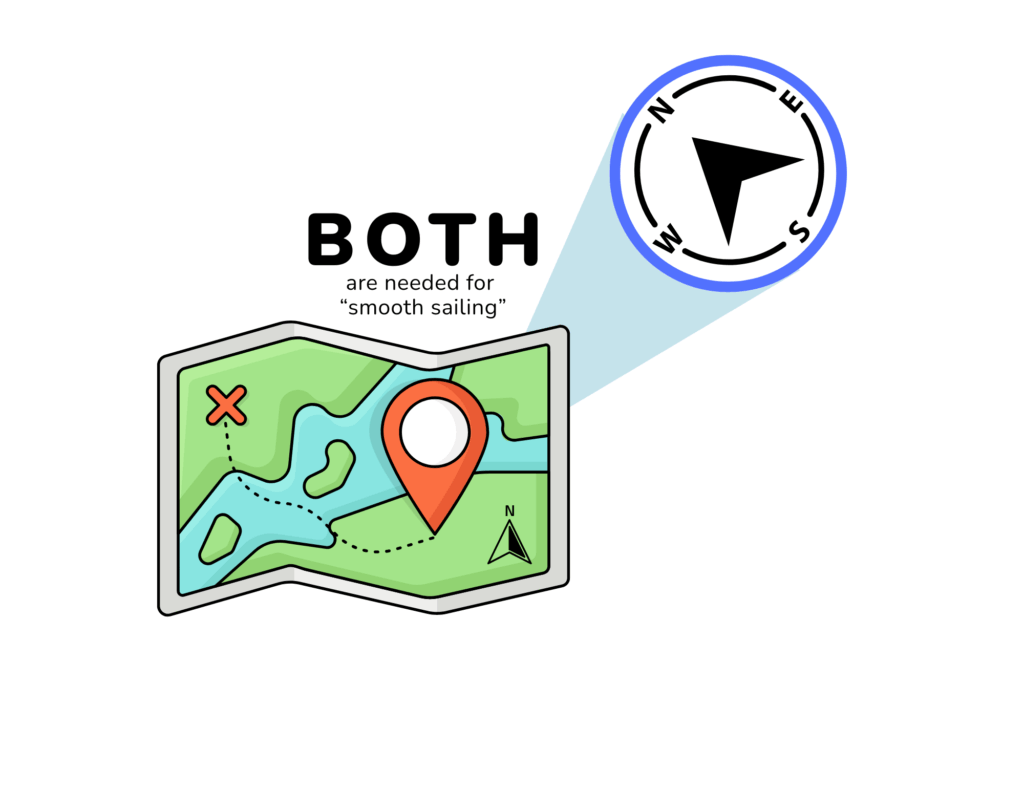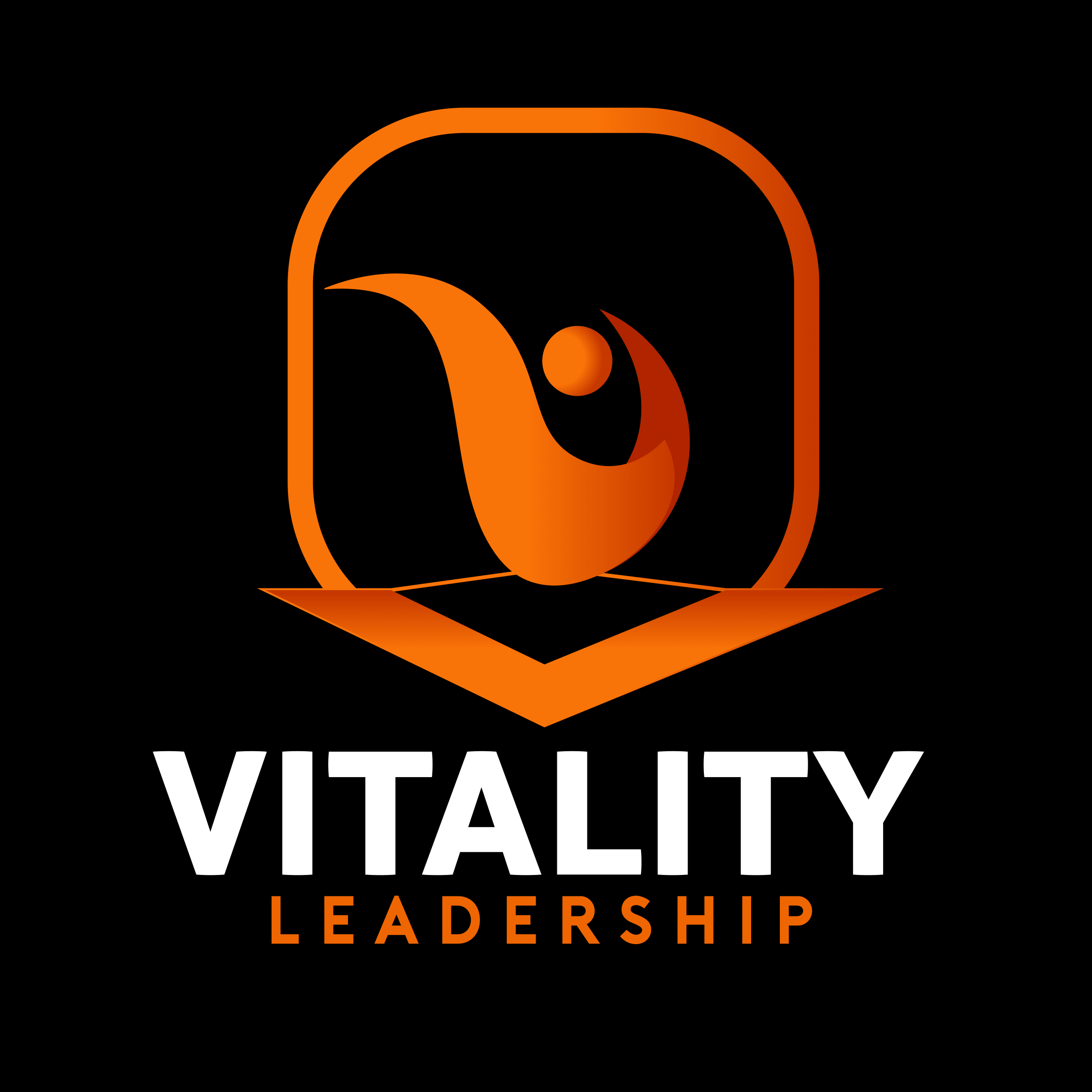Our leadership world runs on connection.
The quick handshake before a meeting.
The shared glance across a conference room.
The light conversations between deadlines.
The nods of agreement, the check-ins, the friendly notes that keep teams stitched together.
And now, the steady pulse of digital touches —
the LinkedIn comments, the quick DMs, the scrolling and liking that keep our professional networks alive.
On the surface, these moments seem small — yet together, they create the current that carries leaders through their days.
You keep the engine running.
You stay in touch.
You move from conversation to conversation, each interaction stitching another thread into the fabric of your leadership world.
But every once in a while, you feel it.
An invisible weight after certain conversations.
A subtle surge after others.
A quiet sense that not all connections are created equal — that something unseen is either fueling you or draining you.
Most leaders move past it.
They press on, trusting the process, believing that staying connected is enough.
But what if there’s more?
What if hidden inside these ordinary exchanges is a lever —
a way to not just stay connected,
but to build relationships that move you farther, faster, with more resilience than you ever thought possible?
It’s not just having relationships.
It’s building them strategically — turning trust, collaboration, and influence into a living, breathing advantage that powers everything you lead.
This deeper mastery is called relational leverage.
And once you know how to build it — on purpose, not by accident — leadership changes forever.
Let’s step into the hidden mechanics behind every high-performing leader’s energy, trust, and momentum.”
These hidden mechanics — trust built or lost, energy exchanged or depleted — ripple far beyond conversations.
They’re the silent forces that shape how we show up in every decision we make.
And decisions come fast.
On top of our social exchanges, research suggests that the average adult makes around 35,000 decisions per day. Each choice, from minor (What should I have for lunch?) to major (Should we move forward with this strategic initiative?), subtly chips away at our mental and emotional reserves (two energy influencers we previously covered—beginning to see the way everything is connected?). Over time, this “decision fatigue” can dramatically drain our social battery, leaving even the most extroverted among us feeling wiped out by day’s end.
But here’s the good news: through intentional trust building and customized social experiences, leaders can serve as powerful energy generators—for themselves and for others.
The Approach: Using Your Compass, Not Just Your Map
Every conversation, relationship, or drop-in meeting—especially in a professional setting—carries a purpose. The office has a way of making every conversation feel transactional, like it needs to hit a checklist:
Are we making progress on the project?
Are we syncing up on next steps?
Are we closing the loop on a client ask?
Our conversations and social relationships keep us operationally connected. Because our day-to-day activities require social interaction, this area of life often feels the most draining—even when the exchanges themselves are enjoyable. This is where your social approach comes into play.
Let’s take a quick detour and head on a hike! You pull out your paper map and your compass, explorer style. While your map will tell you exactly where you need to end up, as well as the places you should hit along the way, your compass is the crucial element to making sure the journey is smooth, efficient, and of course, taking you to the correct place. This same principle applies to relationship building.
A current task may inform who you will contact to gather more information (your map), but you hold the power of the compass. The process of conversing can either build or diminish that ever changing social battery. Using trust as a tool to amplify the relationship, leaders have the opportunity to create more energy not only for their own battery, but for their collaborators’, too.

Conducting Energy
Use your compass! Asking questions about non-work topics, taking mental notes on information shared to bring up in later conversations, or sharing your own funny stories are all solid ways to build intentionality around relationships and foster a more trusting rapport . Take a look at some routes below to start creating energy in your own social life:
Passion Plays Hard
Energy is contagious, and when leaders speak with genuine passion about a topic, it naturally draws people in. Being honest, relatable, and open helps fuel this sense of passion in a one-on-one conversation.
Empower Participation
Rather than dominating the conversation, influential leaders involve their team members, encouraging them to share ideas, perspectives, and feedback. Ask reflective questions or call attention to someone’s expertise to make an interaction more dynamic and collaborative.
Use Positive Language
Words are powerful for self and others. Leaders who pivot a discussion to a more positive mindset—focusing on possibilities, solutions, and achievements—can not only energize this innovation attitude in others, but it can shift the perspective within oneself, too.
Practice Active Listening
Energizing a conversation isn’t just about talking—listening intently with a question to show interest is what this compass-centered approach is all about. A leader who listens closely and validates what others share helps to create a more empathetic and trusting journey.
While this person-centered approach builds energy in the long run, it can certainly feel like this social emphasis can be more energy-taxing on the leader’s side, especially when you feel as though you just need to get a task done and have no time for extra conversation. However, it is precisely this practice that builds the strong foundation for more energy-fueling “get-stuff-done” convos in the future. The more you use your compass, the easier your maps seem to look.
Fictional Leaders Who Master Relational Energy
Let’s bring this to life with some familiar faces. Here are a few fictional leaders who embody relational leverage and social energy mastery:
- Ted Lasso (Ted Lasso)
- Gandalf (The Lord of the Rings)
Gandalf doesn’t command armies through force—he influences through wisdom, trust, and relational loyalty. Every major move is sparked through relationships he’s patiently built across races and realms. Like Gandalf, you don’t need to have all the answers—you need to be the steady hand that others trust to light the path. In family or work settings, when you slow down to listen and draw others out, you help them discover their own courage. Influence comes from being a guide, not a dictator.
- Mufasa (The Lion King)
So, what do each of these characters have in common that allows them to thrive in their social influencer role as an energy leader? They understand the concept of relational leverage and how to utilize it to benefit themselves and their social network. Yes, relational leverage does sound like Captain Jack Sparrow (or any manipulative pirate-like character for that matter) constantly scheming to gain the most personal benefit from social relationships. Let’s try to alter that perception and create a clear image of how to use relational leverage properly and positively:

Think of relational leverage like a pulley system. On your own, lifting a heavy weight—whether it’s a tough client meeting, a leadership decision, or a family responsibility—can feel draining. But attach a pulley—trust, shared effort, and understanding—and the weight becomes manageable. The more pulleys (connections) you intentionally build, the more you can lift together, with less personal strain and more shared strength.
This isn’t just true at work.
At home, too, relational energy matters. When you invest in building strong, trust-based connections with your spouse, your kids, your friends—you create a powerful support system that helps balance the constant lifting required by modern life.
Wrapping-Up
Relational leverage isn’t about doing more alone. It’s about doing more, better, and with more joy—together. As you navigate both your professional path and your personal world, remember: Use your compass. Build your pulleys. Keep your energy flowing.
That’s how the modern leader—and the modern man—stays resilient, recharged, and ready for what’s next. In a world where decision fatigue and social drain are constant companions, learning to conduct energy instead of consuming it is a leadership superpower.
Use your compass wisely. Fuel others intentionally.
And watch your world—and your work—become infinitely more vibrant.
Learn more about the “why” behind social connectedness in the office with this quick read.
